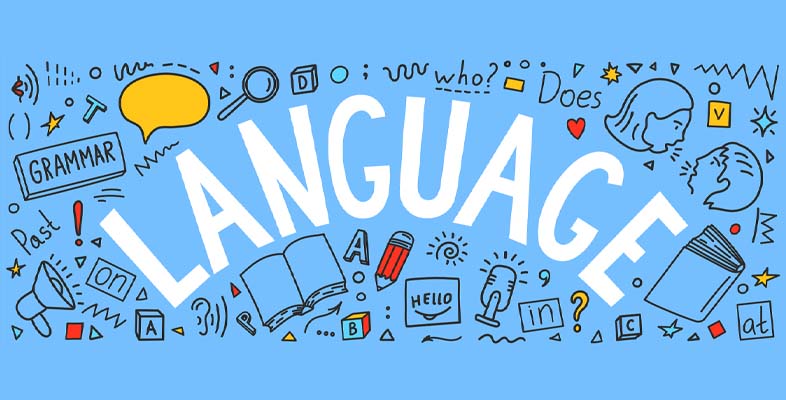6 Summary of Week 1
You began this week by considering the question ‘what is language?’ You saw that language is a fundamental part of what makes us human and distinguishes us from animals. Language has enabled us to make our society, and the world, the way it is today. And speaking of the world, you also took a closer look at which languages are spoken by the most people.
Having started with the huge concept of ‘language’ you then turned your attention to the smallest units of meaning: morphemes. You examined these building blocks of words, considered the different characteristics and functions of ‘bound’ and ‘free’ morphemes, and learned how they combine to make longer words. Armed with this knowledge, you could unpack just some of the ways people use their knowledge of morphemes creatively in advertising, or simply to be more expressive in everyday communication (creating words like ‘guesstimate’ or ‘googlicious’).
Now you’ve looked at the way all words are put together, next week you’ll consider one of the largest groups of words in English. These are the words we use to name things, places, people and ideas – the grammatical category called ‘nouns’.
You can now go to Week 2 [Tip: hold Ctrl and click a link to open it in a new tab. (Hide tip)] .
